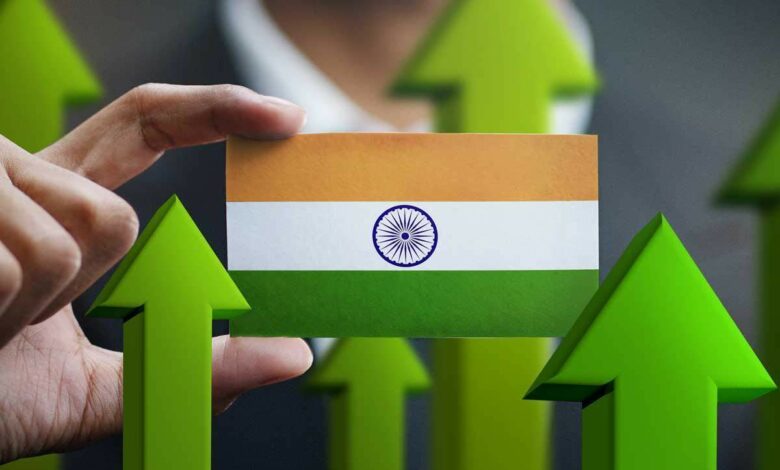
Economy: The covid episode has been ongoing for more than a year now. With its healthcare ravages and economic exploits, flexibility in the system is seeping in. To talk about how the country braved the covid Strom, an intricate analysis of these tors is required. India’s recovery gains all the more traction given it was facing a prolonged slowdown even before the pandemic had hit it.
With the already weak growth, India was amongst the worst hit nations in the global economy. This claim can be corroborated by the fact that India had witnessed the largest-ever contraction of 7.3% in the financial year 2020-21.
With humongous losses to the economy that were recorded, India had started to recuperate with country ending its technical recession in the December quarter. But the virulent second wave had interrupted, once again, the trajectory of recovery and had sent the economic prospects of the country in the dark abysmal state of nothingness.
Economy’s track of recovery
Though the second wave had the most ravaging effects on the economy, it is to be noted that the nature of the same was short-lived. One can rightfully state that the second wave subsided as quickly as it had arrived. The main reason for the same was also the fact that infections were being controlled at an increasing rate and the pace of vaccination had picked up in the economy.

But what was the economic strategy for recovery in the first phase of the virus? It is to be noted that the festive season and pent-up demand were the two most crucial reasons why India had stated recuperating after its first wave of the virus.
With increased demand in the economy due to festivities and the pent-up demand due to the opening of the economy had helped the economy recover strongly from the ravages of the first wave. But given the nature of the second wave, stringent lockdowns were not placed in the economy. Thus, pent-up demand did not materialize to be the most important factor for recovery during the second wave.
The current scenario
With high positive news about new infections being under control in most parts of the country and the robust pace of vaccination setting records in the country, it is to be noted that the festive season is being looked at with great enthusiasm and anticipation.
One can even state that the festive season will give a much-needed boost to the economy as it had during the last wave. Thus, with increased demand and mobility, the economy should be on the path to a successful trajectory of growth. But it gives rise to a pertinent, inquisitive question that are the current trends enough to be placed optimally before the festive season?

The pandemic
According to the reports, the seven-day average of new cases in India currently stands at 30,887. Thus one can state that the daily positive cases are declining at a much faster rate. Also, consecutively, it can be said that there has been no significant increase in Covid-19 cases in recent times.
However, if the national picture is to be scrutinized, more than 60 percent of the cases in the economy have been coming from just one state, Kerala. Thus, Kerala’s situation remains critical and crucial. Thus, if the contribution or the numbers of Kerala are weeded out, the nationwide Covid-19 scenario emphatically looks more benign. Thus if this trajectory is maintained, it will definitely give a boost to economic activity and thus growth in the economy.
Mobility trends
If the mobility in the Asian countries is to be compared to the mobility in the high growth countries, it is to be noted that mobility in countries like Japan and India is much more than that of those.
This presents positive signals for the economy. However, it is to be noted that mobility for the retail and recreation activities or sectors is still lower in the same countries like India and Japan. These recreational activities include visits to the mall and to theatres.
If such trends are to be compared to the high growth countries, the recreational activities have resumed with fervor and have returned to almost pre-pandemic levels. In fact, such activities are on the rise in counties like France and Germany.

On the other hand, the vaccination rate in India is quite crucial. It is even more important compared to other nations, given the humungous population of India. Thus, with an increase in vaccination rate and more mobility will be instilled in the economy as much of the population will be immune to the virulent nature of the virus. Consequently, with increased mobility, confidence will be infused in the economy due to improving rates of demand and supply. Thus, overall the impact of the same will be huge.
On top of it, the arrival of the festive season is the icing on the cake. Thus, will this festive season be a boon for India’s economic growth is something we will have to wait and watch?
Edited by Sanjana Simlai.




